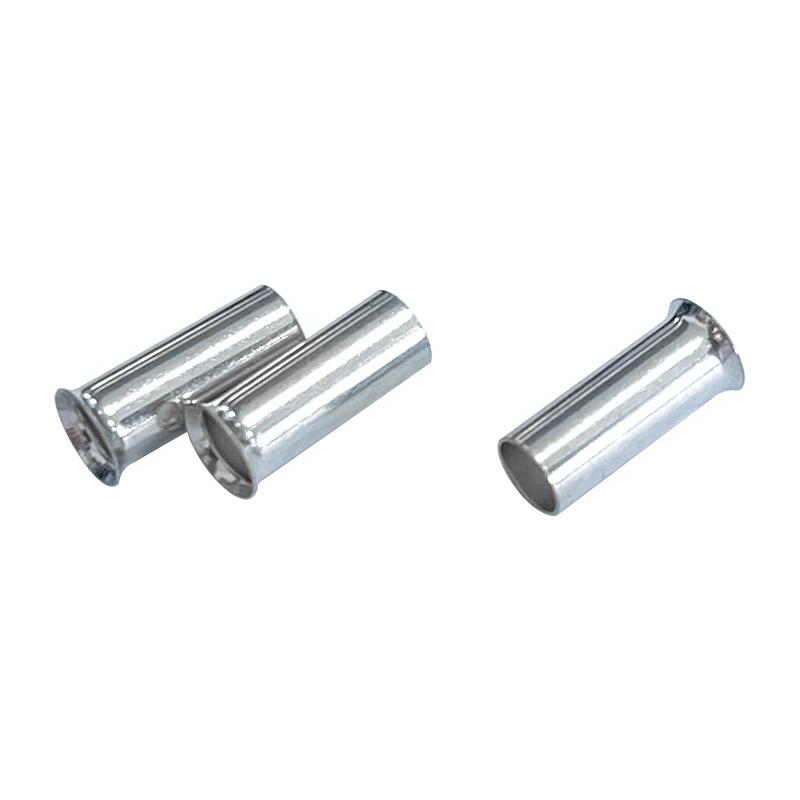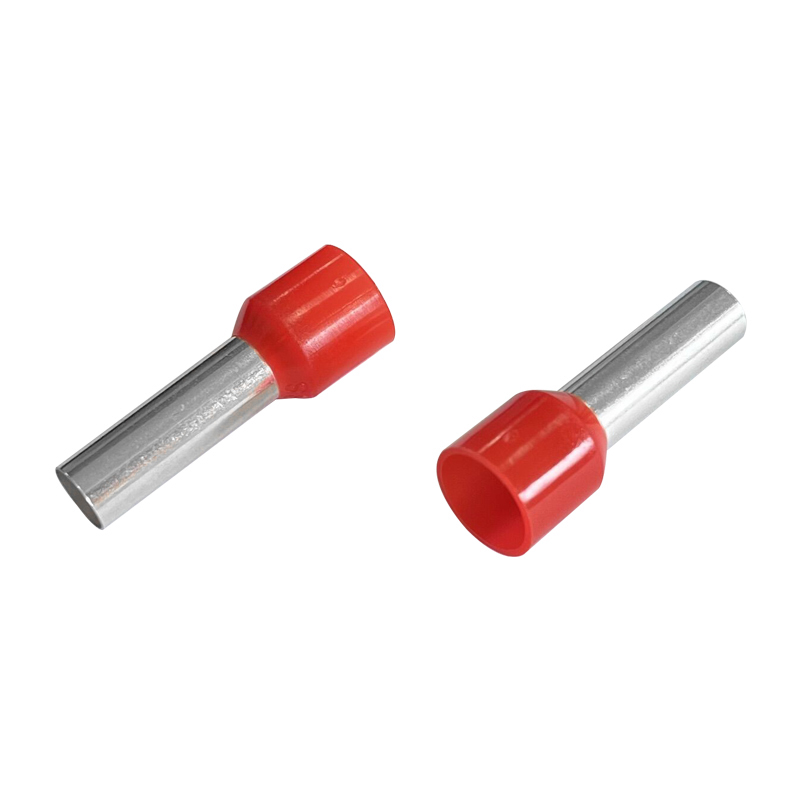CHE COSA STA CERCANDO?
CHE COSA STA CERCANDO?
Nell'ingegneria elettrica e nei sistemi di cablaggio, spesso si confondono i termini "connettore" e "terminale". A prima vista, possono sembrare intercambiabili, ma in pratica servono a scopi diversi. Comprendere le loro differenze è essenziale per garantire installazioni elettriche sicure, efficienti e durature.


Connettore: dispositivo che collega due o più circuiti elettrici. Di solito include alloggiamenti, meccanismi di bloccaggio e talvolta più terminali al suo interno. Nella maggior parte dei casi, i connettori possono essere scollegati e ricollegati senza l'ausilio di attrezzi.
Terminale: il punto finale o l'interfaccia specifica a cui un filo è fisicamente collegato. Un terminale può richiedere crimpatura, saldatura o fissaggio per fissare il filo e garantire il trasferimento di corrente. A differenza dei connettori, i terminali si concentrano maggiormente sull'interfaccia filo-contatto.
In breve, ogni connettore può contenere più terminali, ma non tutti i terminali fanno parte di un gruppo di connettori.
I terminali sono fondamentali perché influenzano direttamente la conduttività, la resistenza e la generazione di calore. Un terminale di scarsa qualità aumenta la resistenza, causando cadute di tensione e possibile surriscaldamento. Nei macchinari industriali, anche un aumento di 0,05 Ω della resistenza di un terminale può aumentare il calore localizzato di 15-20 °C, riducendo significativamente la durata del filo.
Per applicazioni quali cablaggi automobilistici, quadri elettrici industriali e distribuzione di energia, la scelta del tipo di terminale corretto è importante tanto quanto la scelta del filo stesso.
Ambienti e carichi elettrici diversi richiedono tipologie di terminali specifiche. Di seguito sono riportati alcuni dei più diffusi:
| Tipo di terminale | Materiale/Design | Caso d'uso tipico | Vantaggi |
| Terminale terminale del cavo isolato in nylon | Rame con manicotto in nylon | Pannelli di controllo, fili a trefoli sottili | Previene lo sfilacciamento dei fili, facile da crimpare |
| Terminale del tubo di rame | Tubo di rame puro, stagnato | Collegamenti ad alta corrente, cavi della batteria | Bassa resistenza, eccellente conduttività |
| Terminale terminale del cavo non isolato | Ghiera in rame nudo | Spazi compatti, dove non è richiesto l'isolamento | Opzione di crimpatura economica e affidabile |
Questo tipo di terminale è ampiamente utilizzato in quadri elettrici e scatole di distribuzione. L'isolamento in nylon impedisce ai trefoli di disperdersi, garantendo che ogni trefolo di rame trasporti la corrente in modo uniforme. Secondo gli standard IEC, le ghiere possono migliorare la stabilità del filo fino al 40% durante ripetuti inserimenti nei morsetti.
Ad esempio, in un filo sottile da 2,5 mm², senza ghiera, le perdite di inserzione possono aumentare del 12-15%. Con un Terminale terminale del cavo isolato in nylon, i fili rimangono allineati, migliorando l'efficienza della corrente e riducendo l'allentamento a lungo termine.
Quando si ha a che fare con correnti più elevate, come i collegamenti della batteria, i cavi del motore o le uscite dell'inverter, il Terminale del tubo di rame è la scelta più affidabile. La conduttività del rame è di circa 58 MS/m, quasi 10 volte superiore a quella dell'alluminio, il che significa un minore accumulo di calore e una minore perdita di potenza.
Questi terminali sono spesso stagnati per resistere all'ossidazione e possono gestire correnti superiori a 100 A, a seconda delle dimensioni del cavo. Nelle applicazioni automobilistiche, un terminale in tubo di rame può ridurre il riscaldamento del giunto di quasi il 25% rispetto ai capicorda a crimpare generici.
Non tutte le applicazioni richiedono l'isolamento. In spazi compatti o quando il terminale viene successivamente inserito in un alloggiamento isolato, l' Terminale terminale del cavo non isolato diventa l'opzione economica e pratica.
Nonostante la sua semplicità, garantisce che i fili multifilari non si deformino sotto la pressione della vite. I dati sul campo dimostrano che i terminali non isolati correttamente crimpati possono ridurre i guasti di cablaggio di oltre il 30% nei quadri elettrici industriali rispetto ai fili lasciati scoperti.
Quando è meglio concentrarsi sui terminali anziché sui connettori?
1. I terminali sono più indicati quando:
La priorità è la conduttività e il contatto sicuro dei fili.
Il filo verrà fissato all'interno di un blocco, di un pannello o di un capocorda.
L'installazione richiede una resistenza di contatto minima.
2. I connettori sono più indicati quando:
È necessario disconnettersi e riconnettersi rapidamente.
Più circuiti devono essere uniti in un alloggiamento modulare.
La protezione ambientale (impermeabilità, resistenza alle vibrazioni) è essenziale.
Ad esempio, un inverter solare può utilizzare connettori sul lato del pannello per una facile manutenzione, ma all'interno della scatola dell'inverter i cavi sono fissati con terminali per la massima stabilità.
Sebbene i termini connettore e terminale siano spesso usati in modo intercambiabile, svolgono funzioni diverse nei sistemi elettrici. I connettori si concentrano su modularità e praticità, mentre i terminali si concentrano su conduttività e affidabilità a lungo termine.
Con la crescente complessità dei sistemi elettrici, che si tratti di veicoli elettrici, energie rinnovabili o automazione industriale, le prestazioni di terminali come il terminale con estremità del cavo isolato in nylon, il terminale con tubo di rame e il terminale con estremità del cavo non isolato avranno un impatto diretto sull'efficienza e sulla sicurezza. La scelta del tipo corretto per il lavoro non è solo una questione di costi, ma anche di prestazioni e durata.